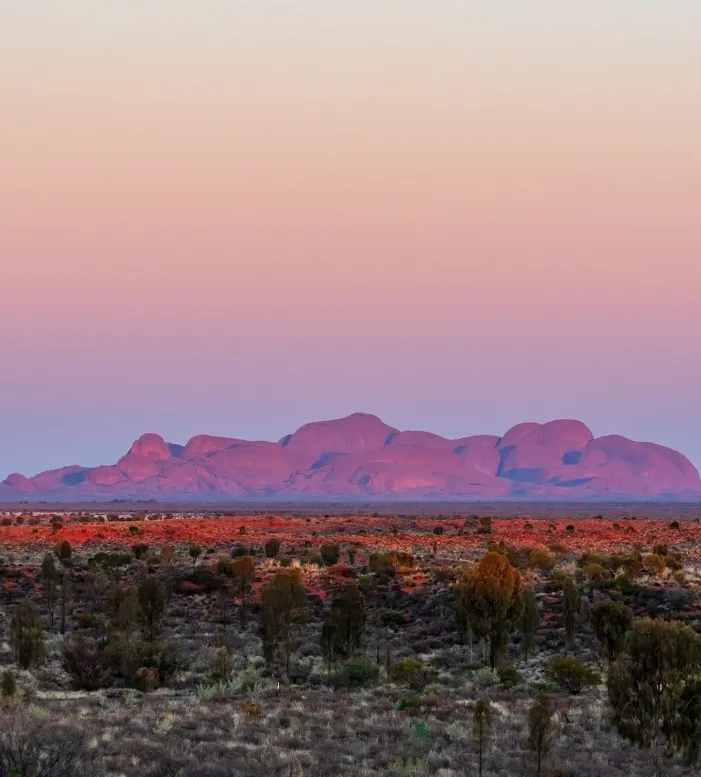Uluru-Kata Tjuta National Park, located in the heart of Australia’s vast desert, is both a natural wonder and a sacred place of great cultural importance. The ancient and astonishing outback holds two famous features – Uluru, previously known as Ayers Rock, and Kata Tjuta or the Olgas.
These geographical attractions are not just simple natural wonders but they have strong spiritual roots that go back centuries among the Anangu people who have been its custodians for years. In response to this new tourism influx along with modern-day challenges, several entities and organizations have formed alliances to safeguard the sanctity of this awe-inspiring location.
The Cultural and Environmental Significance of Uluru
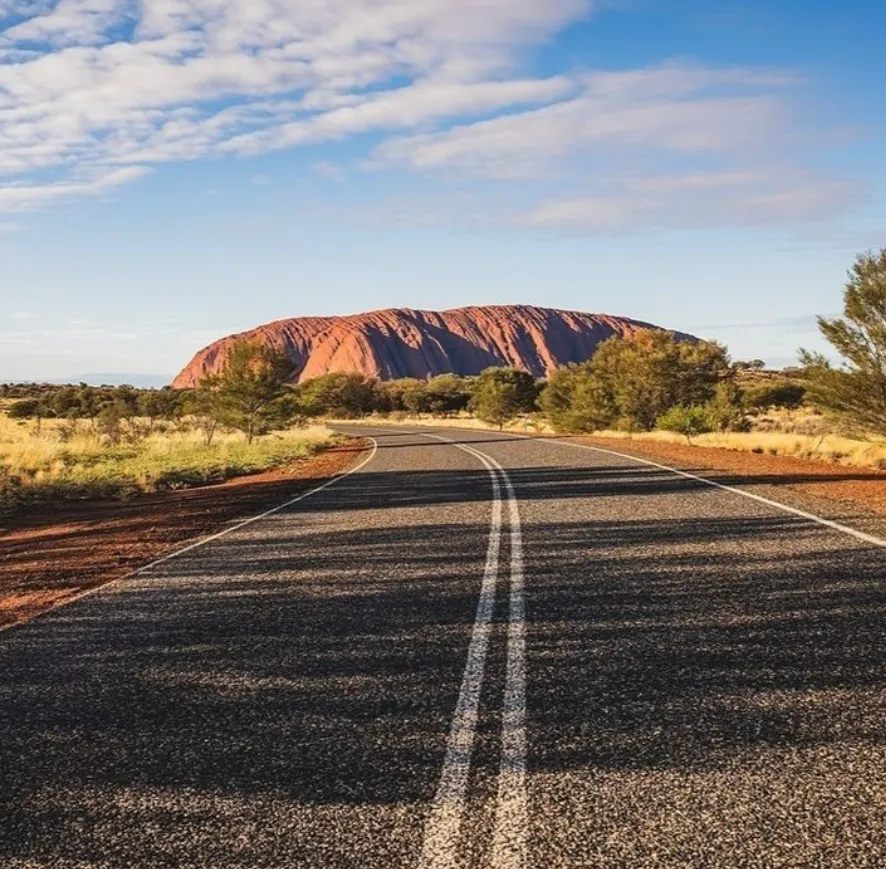
The living culture of Anangu traditional owners can be seen in Uluru and Kata Tjuta formations. According to Anangu traditions, ancestral beings created these formations during Dreamtime whose history defined the landscape through their movements and actions creating laws that control human conduct.
The park not only ensures that these ancient stories survive but also provides habitat for various plants and animals well-adapted to living under conditions which are typical to deserts.
Organizations Involved in Preservation
Many institutions work together to preserve both nature’s beauty as well as cultural heritage at Uluru. Parks Australia has close links with traditional landowners assisting them in realizing conservation imperatives consistent with cultural values and ecological sustainability within Uluru-Kata Tjuta National Park.
Other environmental nongovernmental organizations (NGOs) support scientific studies aimed at protecting the fragile desert ecosystem while also promoting sustainable tourism practices that do very little harm to the environment.
Conservation Efforts and Strategies
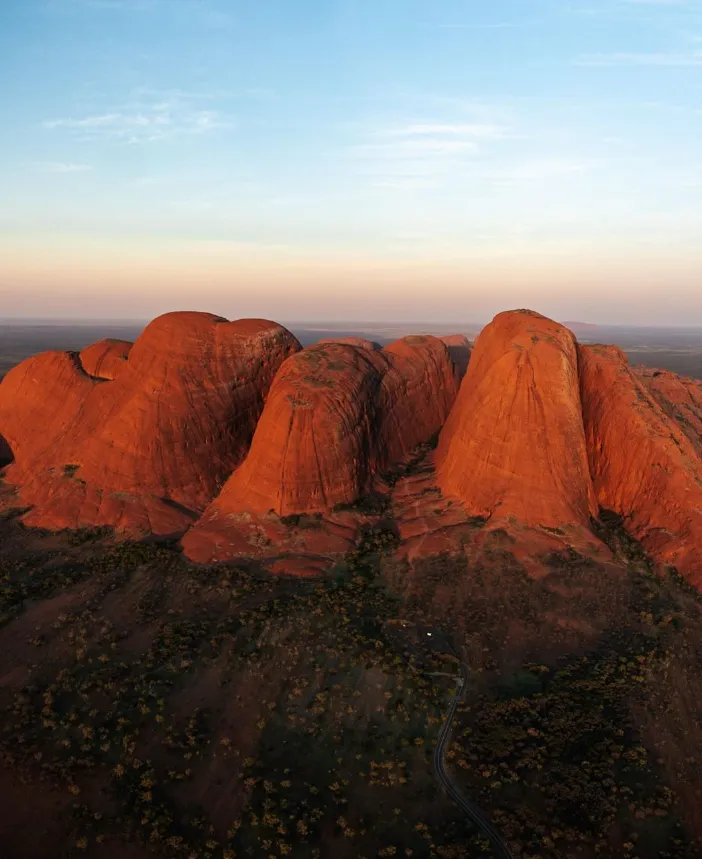
At Uluru-Kata Tjuta National Park there are several strategies that aim at conserving its natural aesthetic value alongside some other cultural spots found therein; these include: Restoration projects entail maintaining indigenous flora necessary for supporting local fauna and preserving variety of species. Control programs for the invasive alien species mitigate the threat posed on delicate desert ecosystem by non-native organisms.
The Cultural Centre’s education program and visitor guidelines to this end promote sustainable tourism practices that minimize environmental impact while raising awareness about Anangu culture among tourists and encouraging them to respect Aboriginal sacred sites.
Challenges in Maintaining Uluru’s Natural Beauty
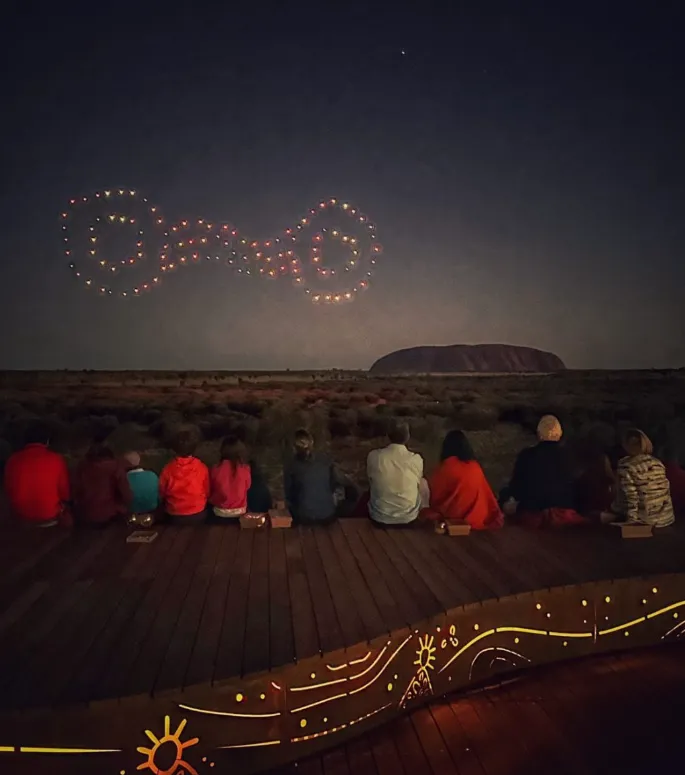
Uluru, despite continued conservation efforts, has been threatened by climate change-fueled environmental hazards as well as anthropogenic activities. Furthermore, associated infrastructure and growing tourist numbers present risks to both nature and sacred sites. Sustaining the Anangu traditional owners’ aspirations about their land alongside the demands of tourism necessitates careful management with stakeholders such as local communities and Anangu traditional owners playing an active role here.
To overcome these challenges, management strategies should be adjusted in order to reduce environmental harm and enable future generations to enjoy the sustainability of this park.
Success Stories and Achievements
Among the recent successes in conservation at Uluru-Kata Tjuta National Park included restored habitats and enhanced biodiversity within protected areas. Due to community engagement initiatives, visitors as well as local inhabitants are more enlightened about and supportive of conservation efforts.
The recognition of these accomplishments helps to reinforce the value of cooperative conservation efforts and demonstrate the positive aspects of fusing traditional knowledge and practices into park management. Through commemorating these triumphs, stakeholders express their dedication towards preserving both natural beauty and cultural importance of this place.
Future Directions
Looking forward, future conservation actions to be undertaken at Uluru-Kata Tjuta National Park will include the development of long-term strategies as well as inventive approaches for meeting new environmental challenges. It will remain a priority in sustainable park management to strengthen partnerships with local communities while enhancing cultural understanding.
For continued recognition of its cultural heritage even when protecting its resources, involving aboriginal people’s traditional knowledge and perspectives in conservation activities is necessary in making sure that it mirrors its culture today. By embracing these principles, stakeholders can safeguard Uluru’s legacy as a symbol of Australia’s natural and cultural heritage.
Conclusion
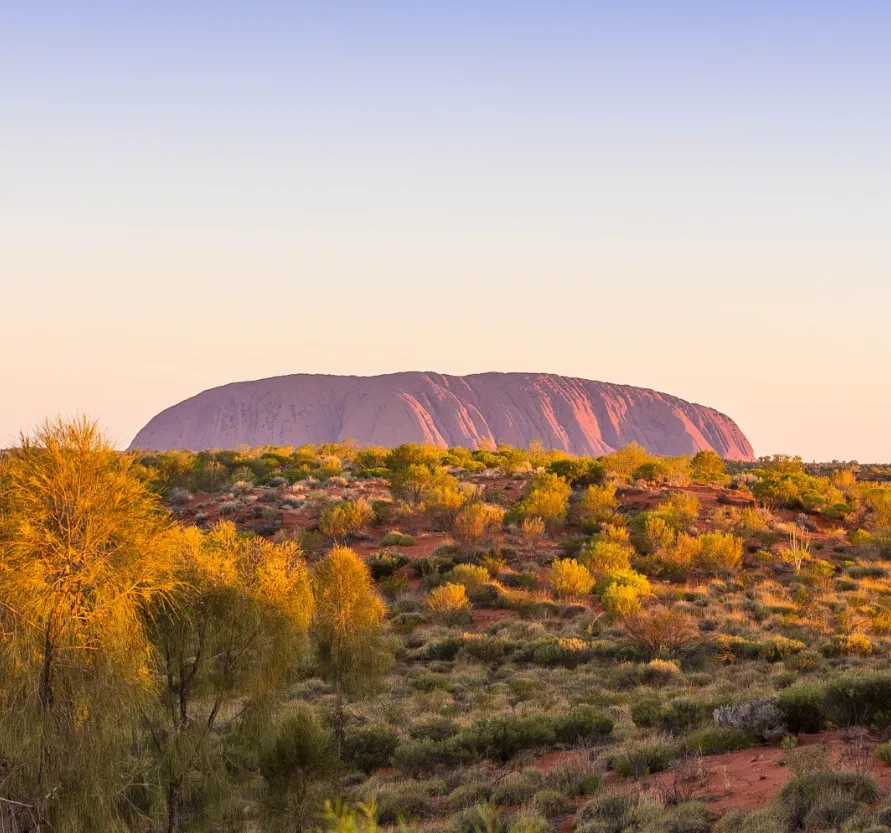
To sum up, Uluru-Kata Tjuta National Park represents an indissoluble bond between its natural ecology and indigenous people. In terms of collaboration during conservancy, this ancient landscape has been preserved against global tourists’ invasion for it accommodates them too well hence still remains intact till present time because a good number have traveled over there from various places worldwide.
Uluru being an Australian environmental jewel also contributes towards understanding the need for protecting scared sites as well as other marvels of nature.It is however through their role in shaping future generations that the Aboriginals have ensured that this beautiful national park still lives on despite all forces directed towards destroying it by man. Join us for unforgettable Uluru tours from Alice Springs! Explore the rich culture, stunning views, and natural wonders surrounding this iconic site while ensuring its preservation.
FAQ
At what time of day should I visit Uluru-Kata Tjuta National Park?
Sunrise and sunset are the best times. They are also called “golden hours” during which there is a tremendous view since the sunlight will cast a warm glow over Uluru and Kata Tjuta, transforming the desert landscape into an amazing sight.
Are there any accommodations near Uluru-Kata Tjuta National Park?
Yes, Ayers Rock Resort provides a variety of accommodation options for different tastes and budgets. Situated in Central Australia, it gives easy access to both Uluru and Kata Tjuta so that tourists can engage with nature around them.
What cultural experiences can travellers have?
Visitors may participate in such cultural experiences as indigenous-led guided tours, Dreamtime legend storytelling sessions or visiting important Aboriginal sites. The Cultural Centre of the park known as Talinguru Nyakunytjaku offers information about Anangu culture and customs.
Can I admire the stars while at Uluru-Kata Tjuta National Park?
Certainly. The clear skies above the desert make this national park one of the ideal places for stargazing. Whether they decide to camp under the night sky or join guided astronomy sessions, visitors will be able to marvel at numerous bright stars while learning about their place in Aboriginal astronomy.
What advice would you give regarding cultural sensitivities when visiting Uluru and Kata Tjuta?
They should respect Aboriginal sites and observe protocols while at this national park in order to show respect for its culture. This includes not climbing up on top of it because it has strong spiritual ties to Aanangu community members as well as photography guidelines and adhering to sacred site conduct instructions.
